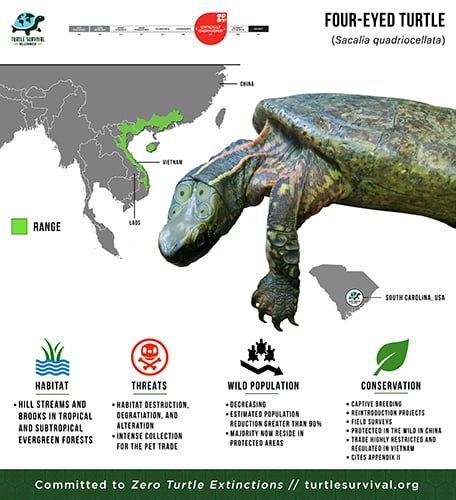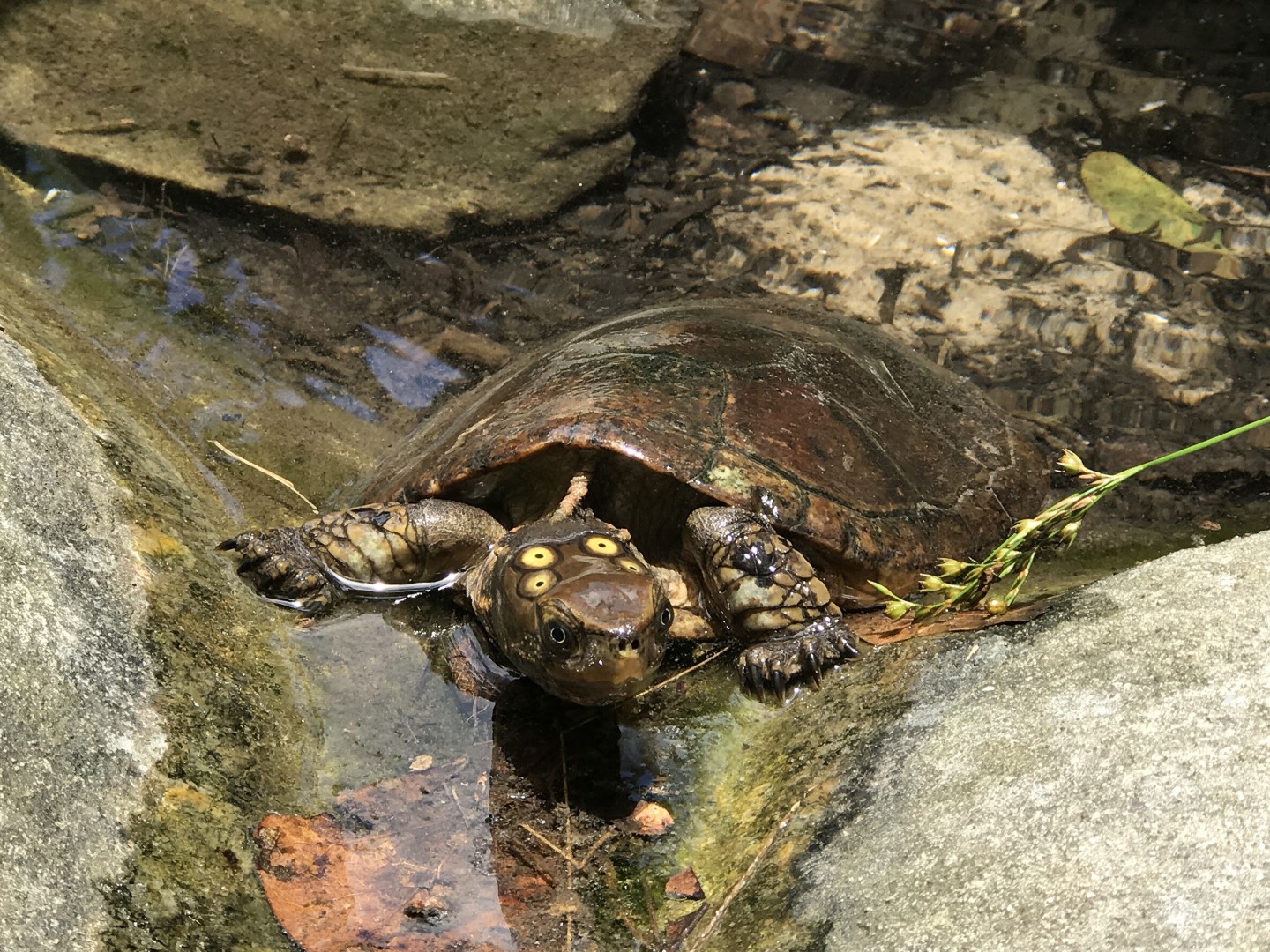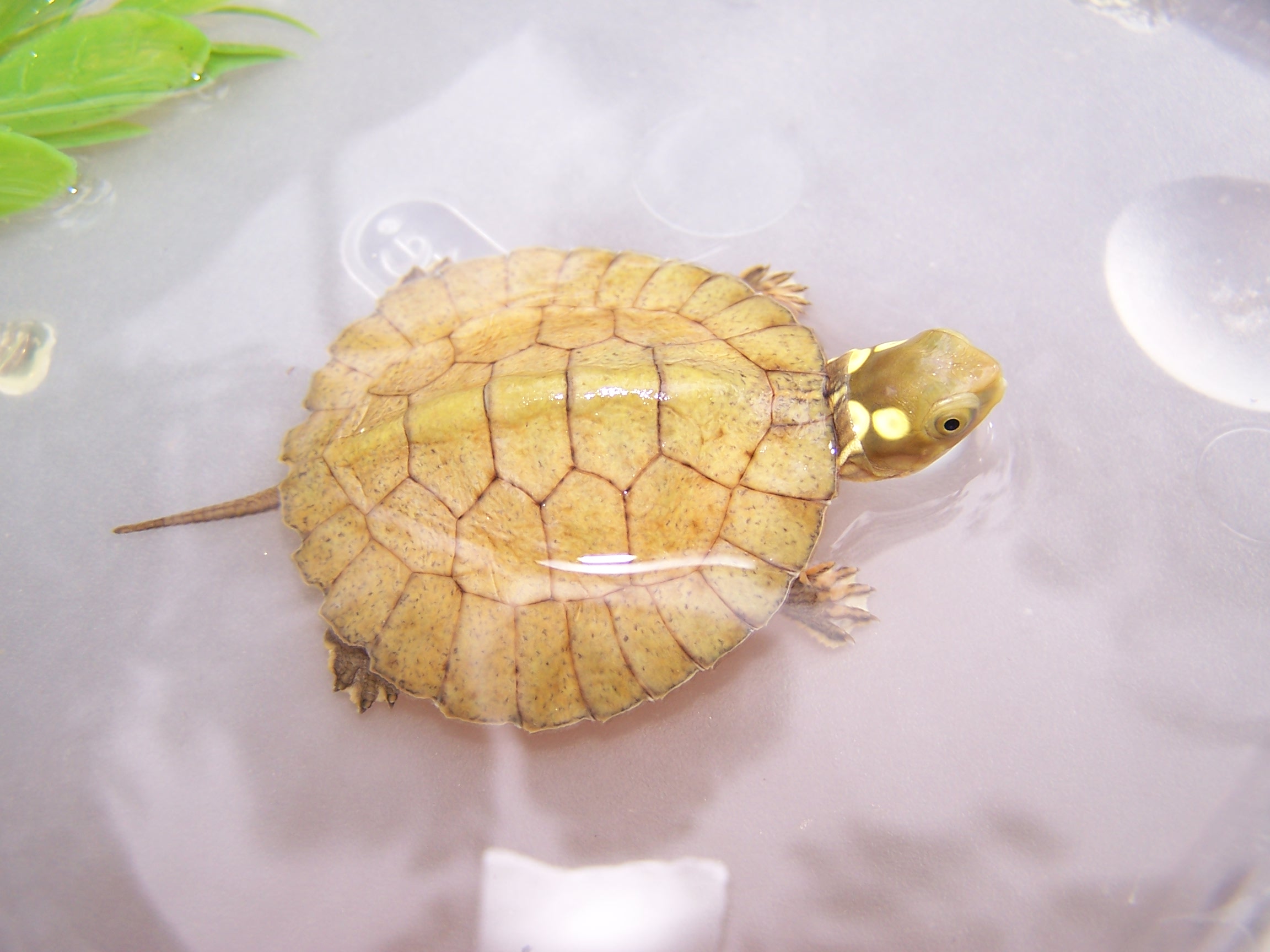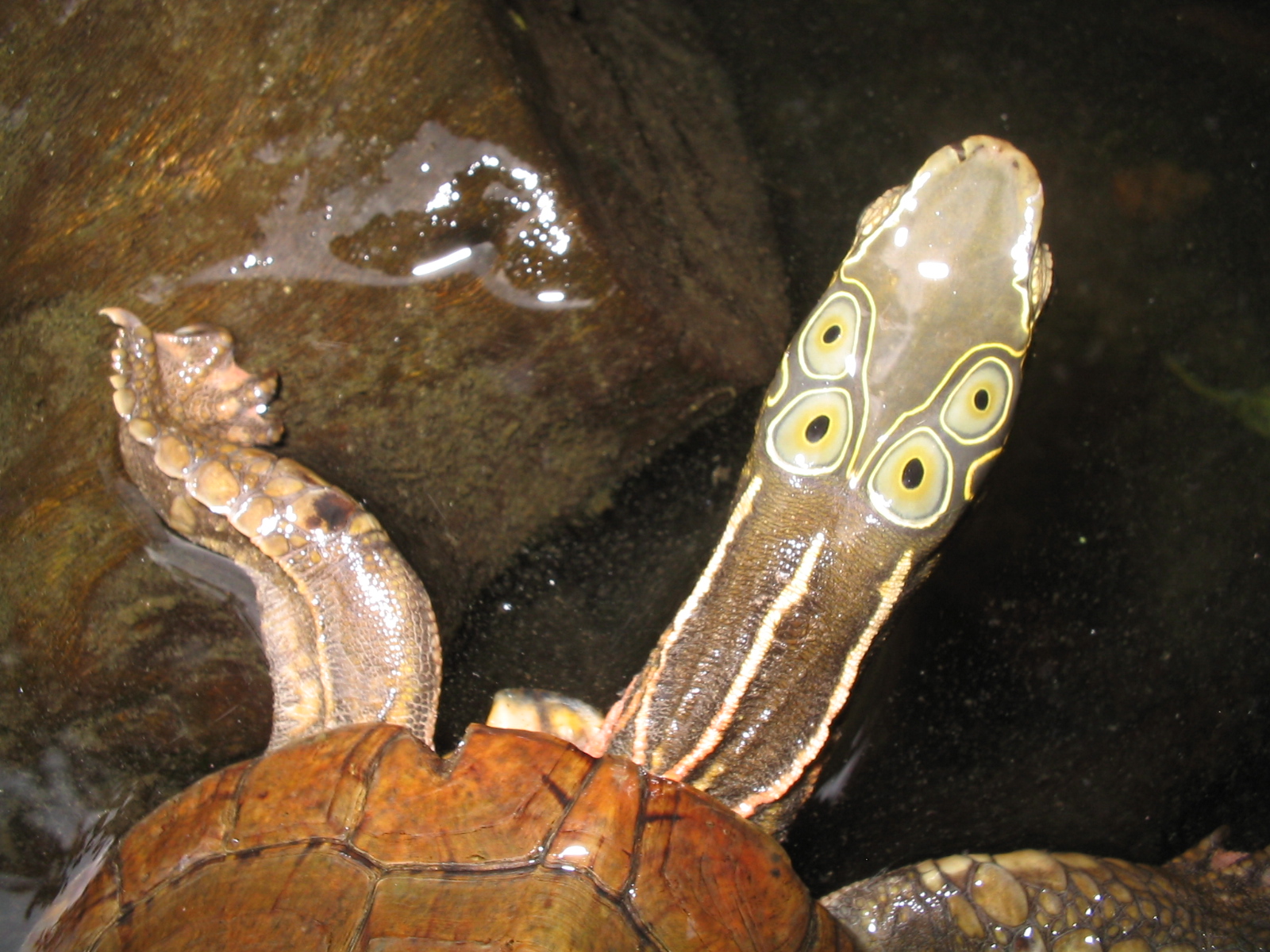Very little information has been documented about this shy species. Four-eyed Turtles are a secretive animal, with primary activity closely associated with dawn, dusk, and nocturnal hours. They are not a highly-active species, spending much of their time in a resting state in their shallow-water habitats. They are omnivorous, feeding on annelid worms, crustaceans, fish, fruit, insects, and mollusks.
Join us for Turtle Month!
Why Turtles?
Found around the world in rivers, deserts, jungles, and our own backyards, it’s easy to assume tortoises and freshwater turtles will always be here. But the very traits that once helped them survive render them vulnerable to extinction today.
Our Initiatives
Our Programs
Protecting the world’s most endangered tortoises and freshwater turtles
We All Play a Role.
To save turtles, we all play a role. Every day, tortoises and freshwater turtles around the globe face pressing threats. Your support equips us to support species where and how they need us most.
Turtles are ancient and remarkable creatures who deserve a champion. When you stand with us, you help ensure their continued survival. Together, we can create a world with zero turtle extinctions.



